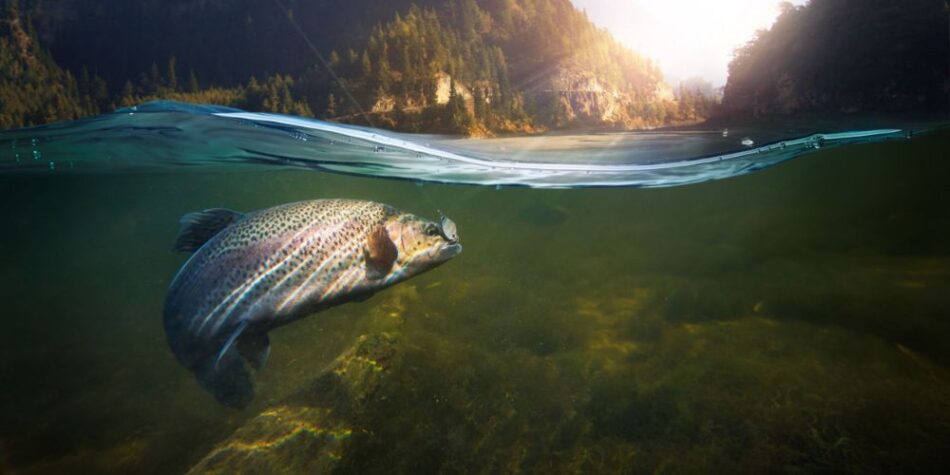In the United States, eating one freshwater fish caught in a river or lake is equivalent to drinking a month’s worth of water laced with toxic “forever chemicals.”
PFAS were developed in the 1940s to resist water and heat, and are now found in non-stick pans, textiles, fire suppression foams, and food packaging.
Because PFAS, perfluoroalkyl, and polyfluoroalkyls are indestructible, they have built up over time in the air, soil, lakes, rivers, food, and drinking water.
Many people call for stricter regulation of PFAS, which has been linked to liver damage, high Cholesterol , reduced immune responses, and cancer.
Between 2013 and 2015, a team of researchers analyzed more than 500 samples from rivers and lakes across the United States to determine PFAS contamination in locally caught fish.
PFAS levels in the fish were 9,500 nano grams per kilogram, according to a new study published in Environmental Research. Of the thousands of PFAS, PFOS was among the most common and hazardous.
Eating just one freshwater fish for a month is equivalent to drinking water with 48 parts per trillion of PFOS.PFOS levels in drinking water were lowered to 0.02 parts per trillion by the US Environmental Protection Agency last year.
According to the study, freshwater fish contain 278 times more PFAS than commercially sold fish.

‘The greatest chemical threat’
He grew up catching and eating fish, according to David Andrews, a senior scientist at the non-profit Environmental Working Group.
Andrews, one of the study’s authors, said, “I can no longer look at a fish without thinking about PFAS contamination.” He mentioned that the findings were of particular concern to social or culturally disadvantaged populations that consume fish as a source of protein.
“After reading this study, I feel angry because the companies that manufacture and use PFAS are not being held accountable.”
Liverpool John Moores University environmental pollution researcher Patrick Byrne, who was not involved in the study, said PFAS is “possibly the greatest chemical threat that mankind has ever faced”.
“As far as we know, this is the first study to prove that PFASs are transferred directly into humans from fish,” he told AFP.
In his report, Andrews called for much stricter regulation of PFAS to end all non-essential uses. On Friday, Denmark, Germany, the Netherlands, Norway, and Sweden submitted a proposal to the EU’s European Chemicals Agency to ban PFAS.
A statement from the agency said the five countries found that PFAS were not adequately controlled, and a bloc-wide regulation was needed.


